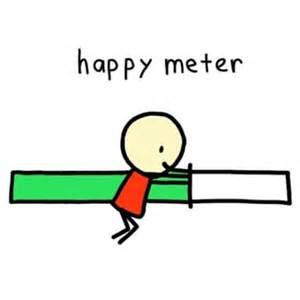Museum Leaders and the Happiness Factor: What's It to You?
- gemmuseums
- Apr 2, 2017
- 3 min read

State of the American Workplace Survey. Gallup looked at four levels of employee needs: basic needs, individual needs, teamwork and personal growth needs. Basic needs provide the training and context to allow employees to perform their best. This creates trust which in turn spurs teamwork, resulting in personal growth. Gallup posits that knowing what you're supposed to do is a basic workplace need. That seems like a no-brainer, but in small museums or heritage organizations, particularly when millennials replace longtime employees, there is an assumption that the new hire will do whatever the old hire did. The elephant in the room is that sometimes no one really understands what the outgoing employee did, everyone just knows it got done. My colleague has never seen her job description. Left to figure out things on her own, she's found herself frequently in possession of half the information making her work very frustrating. You would think that if American workers were angry or dissatisfied, bored or disengaged, it might be because we work too hard. Or because we don't make enough money. You'd be wrong on both counts. According to Gallup, if you're among the 51-percent of disengaged American workers, it's likely because you have a bad boss. Is it really possible that just over half of the country's employees works for a less than able leader? Apparently. And guess what else bad bosses do? They create unhappy employees. How does this happen? Gallup reports that too often companies promote based on tenure--meaning you've been around a long time (Do I hear Millennials sighing out there?) or were successful in previous jobs. Neither of those things mean you were (ever) a good leader. What does any of this have to do with museums? A lot. Our world is not so sacrosanct that we don't have a few bad bosses of our own. Museums also sometimes promote based on accomplishments rather than demonstrated leadership skills; the Metropolitan Museum may be the most notable current example, but there are certainly others. Fortunately, the museum world has Joyful Museums. It's the brainchild of Marieke Van Damme. She's a museum leader by day, but she's worked on Joyful Museums since 2013. And every year Joyful Museums takes the field's temperature in the form of a workplace happiness survey. The 2017 survey is open now. If you haven't already, please participate. The premise of Joyful Museums is positive, i.e. that identifying the museum field's problems is the first step in creating better workplaces. Van Damme suggests that intense job competition, low wages, a do-more- with-less attitude, poor support for professional development coupled with a lack of understanding of HR issues leaves many employees in Gallop's 51-percent of disgruntled disengaged workers. Is there hope for change and happier staffs? Yes, and if you're a museum leader or board member, there is still work to do. Remember, you're not a social worker. Your job isn't to fix staff members' life issues. Your job is to provide a safe, equitable workplace that challenges its employees, encourages deep thought and imagination, while moving the organization forward. With that in mind, here are five things to do before summer.
Find your institution's HR policy. If it doesn't exist, gather staff and trustees together and make one. If it does exist, does it need revision? Does everyone have access to it?
Make sure all your employees have current job descriptions and receive annual employment reviews. Support their professional goals.
Make sure all your employees know what is expected of them and can meet the goals you set together.
Be a fierce advocate for benefits: paid time off; health insurance; family leave; maternity/paternity leave. If the day-to-day in your staff's lives is taken care of, there will be far less stress at work.
Don't fall into the trap of we're a non-profit so it's okay if our hourly wage is less than a big box store. It's not okay. The big box store doesn't require a master's degree. Make staff salaries a priority. People, not buildings, make change. And tell us if your staff is happy. Joan Baldwin












































Comments